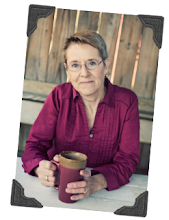Subscribe to:
Post Comments (Atom)
skip to main |
skip to sidebar
Facebook Badge
For Goodness Sake
Elaine Blanchard, storyteller, actor and writer, has written a play, "For Goodness Sake," with David Prete. Based on a true story, Blanchard and Prete have created a powerful solo performance showing the effects of oppression (sexual, religious and racial) on one human being. The story involves fourteen characters and Blanchard performs all of the roles. A compelling performer, Elaine invites the audience to go with her on a journey of redemption and transformation.




No comments:
Post a Comment